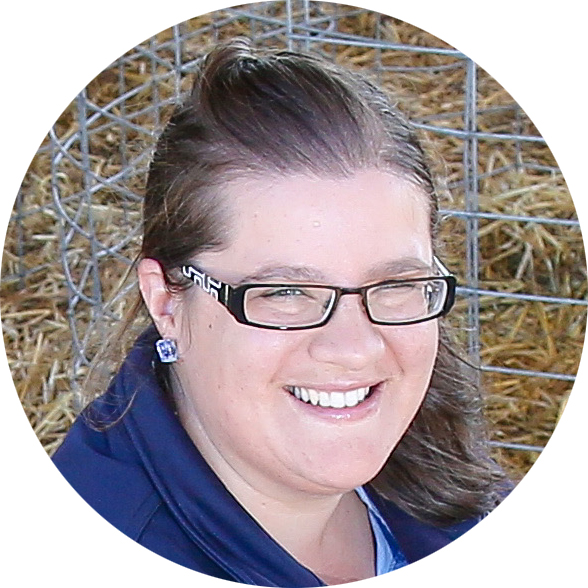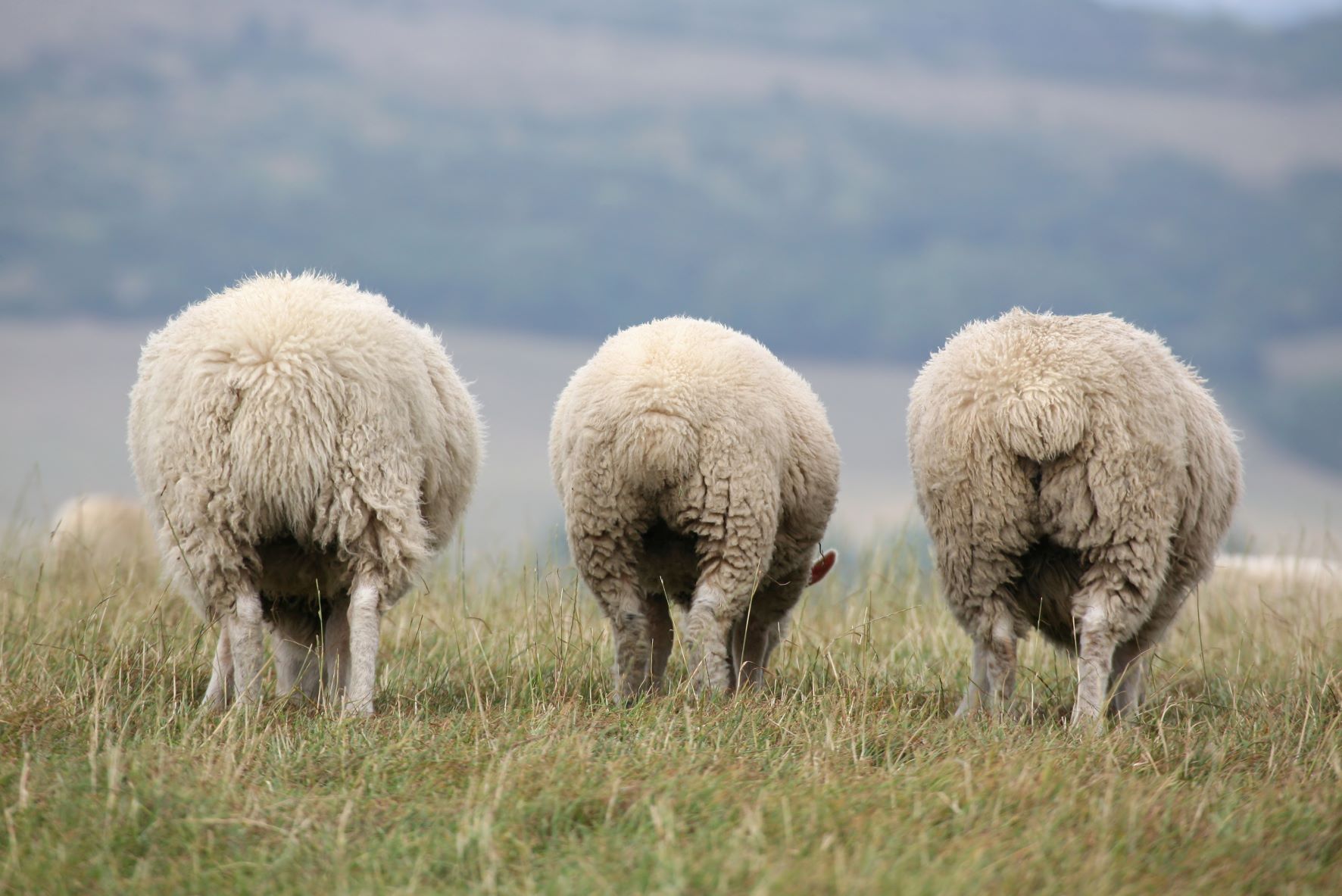Scouring lambs - causes & solutions
15 Sep 2021
 SMALL FARMS NETWORK - SPRING 2021 - ANIMAL HEALTH
SMALL FARMS NETWORK - SPRING 2021 - ANIMAL HEALTH
By Linda Searle
District Veterinarian
P: 03 5881 9919 | M: 0427 629 740 | E: linda.searle@lls.nsw.gov.au
 Scouring is a common issue in sheep, particularly lambs. There are a few different causes of scouring so you need to know what the issue is to know how to treat it.
Scouring is a common issue in sheep, particularly lambs. There are a few different causes of scouring so you need to know what the issue is to know how to treat it.
Scour worms are one of the most common issues. They cause a decrease in appetite of affected sheep and change the ability of the gut to absorb nutrients. This can result in a loss of protein, energy and minerals such as phosphorous and calcium. The associated dag that accompanies scouring is also a major risk factor for flystrike.
Sheep pick up worms as they graze pasture. The highest risk period for sheep picking up scour worms is generally in late winter/ early spring, before there is a good wedge of feed in the paddock. Worm larvae tend to be found in the bottom 5cm of the pasture, so once the pasture grows and becomes taller, each mouthful is less likely to contain a worm.
To help determine if a sheep has a worm problem you can use a worm test such as a worm egg count. Once a sheep has worms, the most efficient way to get rid of them is to give an effective drench. Usually, this means a combination drench that has at least three different active ingredients, or one of the newer generation drenches, such as Startect or Zolvix.
If you don’t know what drenches are effective on your property, you should consider doing a drench check. This involves doing a worm test before drenching and another 14 days after drenching. Full details on how to do a drench check can be found at wormboss.com.au.
If drenching cross-bred lambs bound for market, keep in mind the withhold period when selecting a drench.
Other causes of scouring include bacterial infections such as salmonella and yersinia. Infection can occur in a couple of ways. The bacteria can be found in the gut of healthy sheep. Sometimes when stressed, particularly due to time off food, the bacteria can overgrow and be shed by carrier animals. These bacteria can then contaminate food or water sources, which allows other susceptible sheep to ingest them and get sick. Sometimes the bacteria come from other species such as mice contaminating feed or ducks contaminating water sources. While antibiotics may help to control an outbreak, treatment may not always be effective. Preventative measures such as limiting stress - by limiting the time lambs are off food and ensuring good worm control - are the best way to reduce the risk of infection.
Diarrhoea can also be caused by coccidiosis. This is mainly an issue where lambs are run under crowded conditions, particularly if there is water lying around. Good immunity usually develops after exposure, which is why adult sheep are less likely to be affected. Outbreaks can sometimes be controlled by moving the lambs to a clean environment, although treatment with sulphonamides is sometimes necessary. Infection is usually worse if the lambs are light in condition or have another issue such as worms.
If you would like to learn more about worms check out the sheep connect webinar
or the Wormboss website